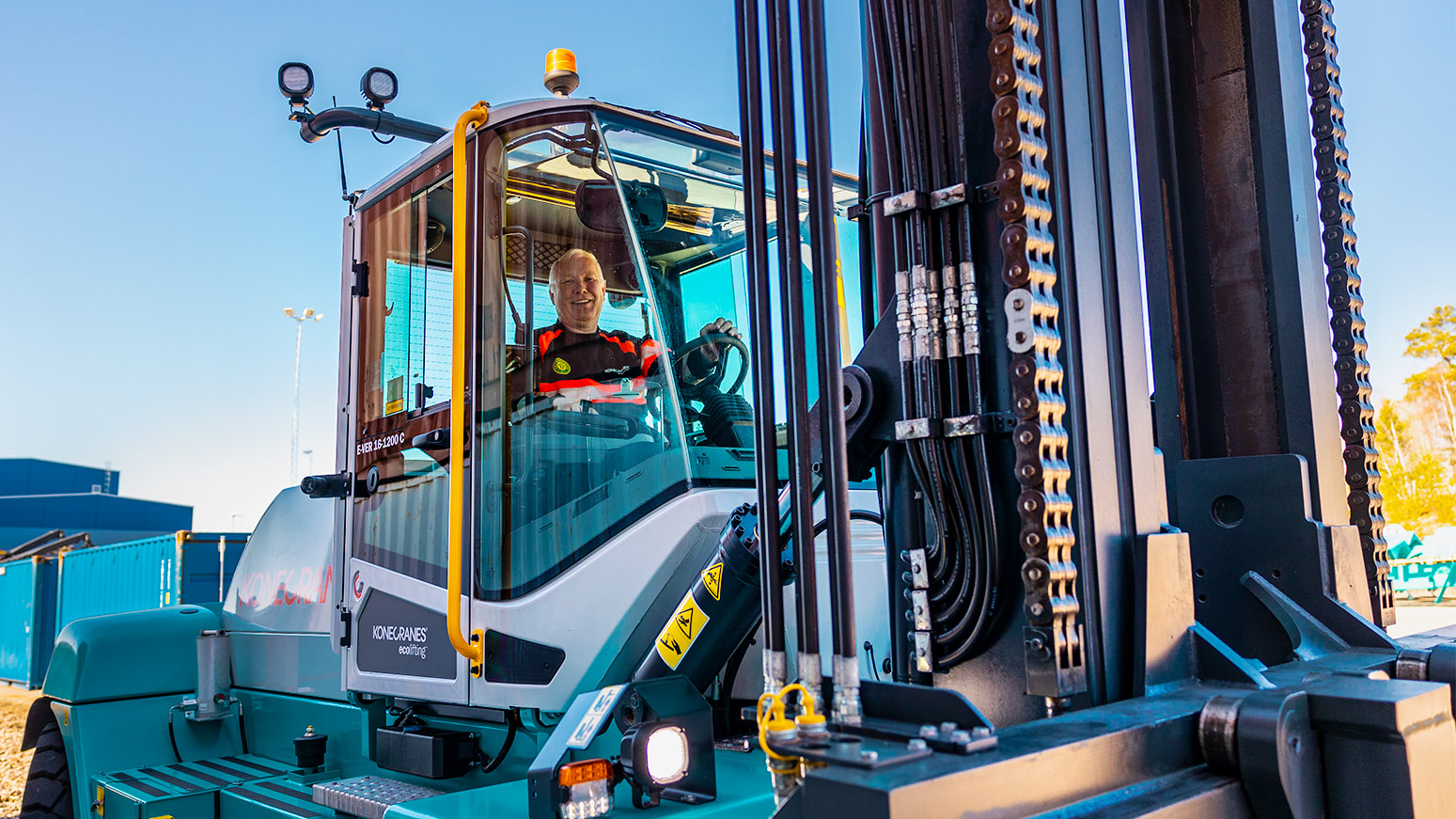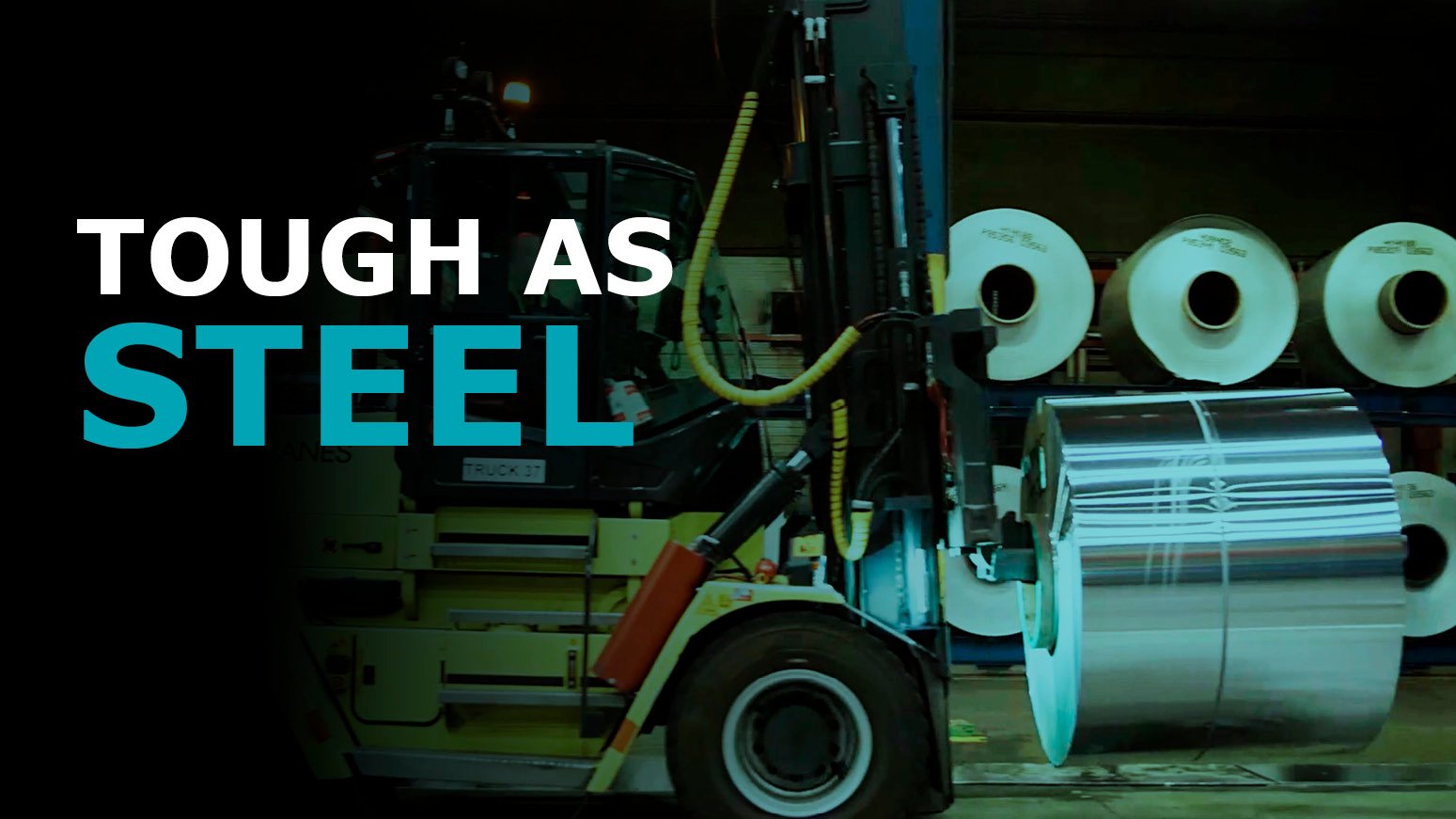Uplifting blog

Electrify your business all at once or step by step?
So, you've read about all the benefits that come with electric forklifts - how they can improve your productivity, offer a better and safer workplace for your employees, improve your company’s sustainability profile and reduce your costs. Their many advantages start improving your business from the moment you begin to use them. But, considering that you probably already have a forklift fleet operating today, what is the best way to introduce electric forklifts? Should you replace all your diesel forklifts at once, or are there advantages in taking it slowly, step by step?
Factors to consider when introducing electric forklifts
In an ideal world, you would take advantage of new technology as soon as possible. It would strengthen your competitive position and start delivering immediate results for employees, customers and investors. But any effective change requires careful thought. Apart from the fact that you already have a sizable investment in diesel forklifts, what are the critical factors to consider when changing to electric?
- Are electric forklifts suitable for all operational tasks?
The average electric forklift can run for 2-3 hours on one battery and 4-6 hours on two batteries. Fast charging a battery from zero to full takes about 45 minutes, and can be done during the lunch break. Opportunity charging can also top up battery power on shorter breaks. It's important to determine if you can charge electric forklifts anywhere in your facility. If not, you should introduce them gradually. - Is your power supply sufficient?
Electric forklifts demand a charging infrastructure that fits their power requirements. The more forklifts you use, the larger the capacity demands. For instance, if you want to fast charge a complete forklift fleet at lunchtime, you will require a considerable source of power. Each charging station should be equipped with CCS2 charge plugs and 75/150 kW DC for fast charging. Is this possible on your site? If not, a slower introduction is the way to go.
- Can you build a complete charging infrastructure?
Every electric forklift needs a charging station to power up its battery. Introducing a full fleet of electric forklifts can cause difficulties, depending on the available space at your site. To avoid unnecessary downtime, charging stations are best placed along forklift traveling paths, or close to where operators have their breaks, for fast opportunity charging. You need to determine if there is enough parking space at these locations with sufficient power supply, If this is not possible, you could instead introduce a few electric forklifts as a start.

We can advise you
Practical considerations about the physical requirements at your facility are probably the most crucial factors that will determine how fast and to what extent you can introduce electric forklifts. However, you should also consider such issues as the market pressure to move your business in a sustainable direction. If electric forklifts would give you a clear business advantage, this might be the motivation you need to overcome the more practical obstacles that can slow your transition from diesel to electric.
We invite you to read more here about how to power your business with electric forklifts, or contact us at Konecranes Lift Trucks to discuss it further.
We look forward to hearing from you.
Related Articles

Electrification – a step in a sustainable direction
Konecranes Lift Trucks has always had the goal to set ourselves apart through innovation. In the...
2 Minute Read

Lift trucks tough as steel
Human civilizations have been making steel for almost 4,000 years due its strength and versatility....
2 Minute Read

How your lift truck can also be a mobile container service and inspection station
Containerization, today’s method of intermodal container shipping, is the backbone of international...
2 Minute Read

